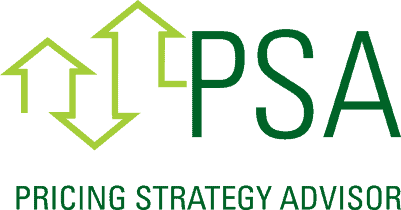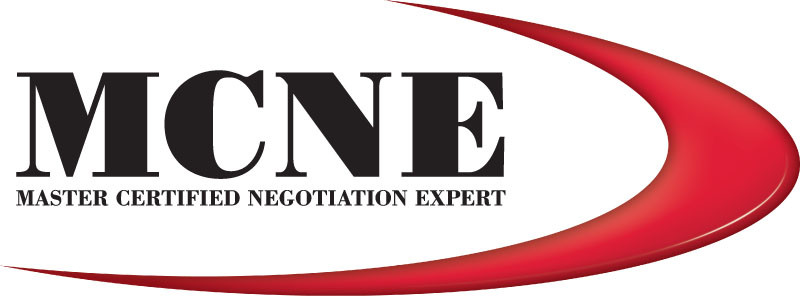
Five Key Factors Driving The Improvement In Home Affordability
In recent years, the landscape of home affordability has undergone tangible transformations, with several key factors contributing to a more accessible real estate market for a broader demographic. This article delves into the five principal elements driving the improvement in home affordability, examining their interplay and impact on making homeownership a more attainable dream for many. As markets evolve and policies adapt, understanding these dynamics is crucial for prospective homeowners, investors, and policy makers alike, providing insights into the mechanisms that have been instrumental in enhancing access to affordable housing.
Increased Supply Of Affordable Housing
The improvement in home affordability can be significantly attributed to the increased supply of affordable housing. This surge is the outcome of coordinated efforts by both government entities and private developers to address the acute shortage of budget-friendly homes that has hindered many aspiring homeowners from purchasing their own property. By focusing on the construction of affordable housing units, these stakeholders have begun to alleviate the pressures of the high demand market, making homeownership more accessible to a broader segment of the population. Furthermore, policy changes and incentives aimed at promoting affordable housing development have played a crucial role in encouraging the construction of such units, effectively contributing to the diversification of housing options available in the market.
Moreover, the introduction of innovative construction methods and materials has enabled developers to reduce building costs, further contributing to the increase in the supply of affordable homes. Prefabricated houses and green building techniques are among the innovations that have been leveraged to enhance efficiency and cost-effectiveness in the home construction industry. These advancements have not only expedited the production of affordable housing but also improved the sustainability and energy efficiency of these homes, thereby offering long-term savings to homeowners. This strategic approach to expanding the supply of affordable housing is a vital driver behind the improved accessibility of homeownership, marking a positive shift towards addressing the housing affordability crisis.
Technological Advancements In Home Construction
Technological advancements in home construction are playing a pivotal role in enhancing the affordability of homes. Innovations such as modular construction and 3D printing are revolutionizing the way homes are built, enabling faster construction timelines and significant cost savings. Modular construction, for instance, involves the prefabrication of house parts in a factory setting, which are then assembled on-site. This method not only reduces the construction time by avoiding delays due to weather conditions but also decreases labor costs and waste, contributing to a reduction in the overall expense of home building. Similarly, 3D printing technology in construction is pushing the boundaries of cost efficiency and material usage, allowing for the development of homes using less material and energy compared to traditional construction methods.
Furthermore, the integration of smart technologies and energy-efficient systems during the construction phase is laying the foundation for long-term savings for homeowners. Smart home technologies, such as automated HVAC systems, lighting, and security, contribute to a decrease in the running costs of a home, thereby making it more affordable over its lifecycle. Energy-efficient materials and building techniques also minimize the environmental footprint of new homes while reducing energy bills for homeowners. By incorporating these technological innovations, the construction industry is not only enabling the building of homes at lower costs but is also contributing to the creation of sustainable living environments. This synergy of cost-effectiveness and sustainability is a key driver behind the improvement in home affordability today.
Government Incentives And Programs
Government incentives and programs play a crucial role in improving home affordability, making homeownership more accessible to a broader segment of the population. These initiatives can range from tax breaks and grants for first-time buyers to subsidized housing projects and low-interest loan programs. For instance, many governments offer tax incentives that reduce the upfront costs associated with purchasing a home, such as stamp duty exemptions or credits for buying in certain areas. This financial support can significantly lower the barrier to entry for potential homeowners, particularly those who may struggle to accumulate the necessary savings for a down payment.
Moreover, specialized programs targeted at low-income families and individuals aim to provide affordable housing options through subsidies or direct government involvement in housing development. By creating a more diverse range of financing options, these programs enhance the ability for a wider audience to consider and ultimately achieve homeownership. Additionally, initiatives like government-insured loans can protect lenders from default, encouraging them to offer more favorable loan terms to borrowers. This symbiosis between government-backed support mechanisms and financial institutions not only fosters a more inclusive housing market but also stimulates economic growth by allowing more people to invest in real estate. Through these multifaceted approaches, government incentives and programs are instrumental in making the dream of homeownership a reality for many.
Declining Mortgage Interest Rates
A pivotal factor contributing to the enhanced affordability of homes in recent markets has been the decline in mortgage interest rates. This downtrend has significantly reduced the cost of borrowing, allowing potential homeowners to secure loans at more favorable terms. Lower interest rates translate directly to lower monthly mortgage payments, thus broadening the pool of individuals who can afford to enter the housing market. This shift not only energizes the demand for housing but also reignites market activity, creating a more dynamic and accessible market for a diverse range of buyers.
Moreover, declining mortgage interest rates have a cascading effect on the real estate ecosystem. As rates dip, homeowners who previously might have been deterred by the high cost of refinancing can now consider this option, potentially saving hundreds of dollars on their monthly payments. This financial leverage can increase disposable income, spur consumer spending, and inject vitality into the economy. For first-time homebuyers, the lower rates can be the gateway to homeownership, offering them an opportunity to invest in property sooner than they might have thought possible. The influence of mortgage interest rates on home affordability is profound, underscoring its role as a critical lever in enhancing access to homeownership.
In conclusion, the trajectory towards improved home affordability is shaped by a confluence of pivotal factors. From the amplification in the supply of affordable housing to the groundbreaking technological advancements in construction, alongside robust government incentives and programs, and the significant decline in mortgage interest rates, each element plays a crucial role in making homeownership more accessible. As stakeholders continue to navigate and enhance these areas, prospective homeowners stand to benefit from an increasingly accommodating market. This holistic approach to addressing the affordability challenge underscores the importance of integrated efforts in fostering a more inclusive and equitable housing landscape.
Marty Gale
Buy or Sell with Marty Gale
"Its The Experience"
Principal Broker and Owner of Utah Realty™
Licensed Since 1986
CERTIFIED LUXURY HOME MARKETING SPECIALIST (CLHM)
PSA (Pricing Strategy Advisor)

General Contractor 2000 (in-active)
e-pro (advanced digital marketing) 2001
Certified Residential Specialist 2009

Certified Negotiation Expert 2014

Master Certified Negotiation Expert 2014
Certified Probate Specialist Since 2018

Senior Real Estate Specialist

Certified Divorce Specialist CDS

Contact me!


